|
It's possible that this may be the strangest animal I've featured so far. Recently I came upon an article about these creatures, which have been given various names such as 'aliens', 'globs', 'jelly balls', 'buckets of snot', and 'sea walnuts'. With such great collection of names, this creature is worth a closer look. What the heck is a Salp? Basically, the salp is a barrel-shaped tunicate. What is a tunicate, you ask? Tunicates (subphylum Tunicata) are invertebrate animals that are in the Chordata phylum (this means they have a dorsal nerve cord, which includes all vertebrate animals, including humans). Tunicates, including salps, live in salt water, and they are filter feeders (they filter tiny plankton from the water). They have sac-like bodies, with one opening that takes in water and one opening that expels the water. As adults, most tunicate are permanently attached to rocks or coral. But not salps—these amazing jet-powered creatures prefer to swim around freely, either by themselves or in really cool long, stringy colonies. Are you confused about this explanation? Well, then let's dig into this more carefully. First, here's what an individual salp looks like: Amazing facts about the Salp First, I think it will help to understand what we are looking at in the photo above. The "head" is at the larger end at the left. This is where the mouth is, which pulls in water. This water is extremely important to the critter, because it provides food, oxygen, and propulsion. Notice the vertical striations along the side? Those are bands of muscles. When those muscles contract, water shoots out the tail end (the narrow end at the right), which is the most impressive jet propulsion system in the animal kingdom. But before the water is expelled, the salp absorbs oxygen and filters out the particles of food. The tan-colored object near the tail end is the stomach and intestine (the gut). Okay, now that we have that crazy body figured out, let's take a look at the salp's even crazier life cycle. These creatures have what's called alternation of generations. This means that the generations switch back and forth between two forms. One form is the free-swimming, barrel-shaped individual (as seen above). The weird thing is, though, that these individuals do not produce more individuals! Instead, they reproduce asexually by producing a connected chain of tens to hundreds of all-female salps. This chain starts out very small, and then as the individuals in the chain grow, the chain can become quite large (sometimes longer than a bus!). So, the free-swimming individuals asexually produce the next generation, which is a connected chain of female salps. By the way, asexual reproduction is the process of producing offspring without mating (without combining the DNA of a male and a female), and so all the offspring in asexual reproduction are genetically identical (clones) of the parent. Amazingly, this long chain swims around in the open water using the same jet-propulsion method as the individuals, except that it is done in a coordinated manner. Below is a salp "giving birth" to such a chain: Okay, so how do the individuals in the chain reproduce to make the next generation? This is where things get really weird. These connected individuals are what we call hermaphrodites—they have sexual organs of both sexes (although in this case not at the same time) and can produce both eggs and sperm. The individuals in the chain first mature as females, and they are fertilized by the males of an older chain that they encounter as the chain swims around in the ocean. The resulting embryo grows in the body wall of each chain individual and is then released into the water to live its life as a free-swimming salp (this completes the alternating cycle of generations). AND... then the females in the chain turn into males, and they fertilize the females of a younger chain! Wow. Geez! Whew! This reproduction craziness makes my head spin. Okay, I have to ask this, because I guess it's the way my mind works: What would it be like if humans had this same kind of life history cycle? Free-walking individuals, which produce chains of hundreds of connected babies, which mature as females and are fertilized by chains of males, and then the chains of females turn into males and fertilize chains of females, which produce free-walking individuals. Thanks a lot, Stan. That's an image I can never erase from my visual cortex! Moving on... Salps are jelly-like in appearance, but they are NOT jellyfish—not even close. The only thing they have in common with Jellyfish is that they both float around in the water. Jellyfish are in the phylum Cnidaria, and they very simple animals. Jellyfish are similar to corals, whereas salps are more similar to humans. Salps have complex nervous systems and digestive systems, with a brain, heart, and intestines. Salps diverged (evolutionarily) from jellyfish 800 million years ago! Salps, like humans, are Chordates. Obviously, they are distantly related to humans, but they are much moredistantly related to jellyfish. Check out this spiral salp chain. Salps are important to the global ecosystem. Why? Salps feed on plankton, such as floating, single-celled algae. These algae have absorbed a lot of dissolved carbon dioxide from the ocean. This means that carbon accumulates in the guts of salps. The salps excrete this as solid waste that sinks to the ocean floor. Also, when the salps die, their bodies sink to the ocean floor. This process effectively removes a lot of carbon from the carbon cycle. This removes carbon dioxide from the atmosphere, thus slowing down global warming. Cool, huh? (pun intended) Not only that, but when there is a huge algae bloom, the salps respond by reproducing faster, becoming densely populated in the area of the algae bloom and slurp up the algae, removing even more carbon. But even though these "salp blooms" are removing more algae and carbon, sometimes the salps themselves can become really abundant. According to scientists, as the average temperature on Earth warms up, the larger plankton (like diatoms) in the oceans is being replaced by smaller plankton (called picoplankton). And salps are very good at eating the smaller plankton. The result? Salps are becoming far more abundant than they previously were. This results in dead salps sometimes washing up onto beaches, creating a thick layer of jelly-like bodies. But don't worry... they are not harmful to the environment, and unlike jellyfish, these gentle creatures do not sting. So, the salp deserves a place in the. H.D.A.H.O.F. (Hunky Dory Animal Hall of Fame). FUN FACT: Hunky dory is an American phrase that originated in about 1862. Its basic meaning is 'quite satisfactory', or 'fine' (as in "I got a good night's sleep, and I was all hunky dory in the morning"). Explaining its origin is a bit of a challenge, though. The phrase almost certainly came from the now-archaic slang word hunk, which meant 'safe', which in turn came from the Dutch word honk, meaning 'goal' or 'home' in a game. In a child's game, to make it home and win the game was to achieve hunk. Now, the dory part of it is uncertain, but it is likely that it is a result of the way children like to express things. Instead of saying O.K., children like to say okey-dokey. So it is thought that hunky dory originated in the same way—hunk is more fun to say that way! So, hunky dory is another way to say awesome (kind of)! Photo Credits:
Salp in hand - Southern Fried Science Salp diagram - The Biology of Pelagic Tunicates (Bone 1998) via bodegahead blog post Salp chain and diver - Wikimedia Commons Salp producing chain of offspring - Mike Stukel via NIWA Spiral chain of salps - CGTN Salp on the beach - CGTN
0 Comments
I was thinking about this, and I realized I have never featured a monkey as an Awesome Animal! It's time to remedy that. And it might as well be an unusual one that few people have heard of. What the heck is a Snub-Nosed Monkey? Snub-nosed monkeys live in Asia, including southern China, Vietnam, and Myanmar. There are about four species, and they are the only members of the genus Rhinopithecus. The name snub-nosed monkey comes from the fact that these creatures don't have much of a nose. The forward-facing nostrils are flat on the face. This is one of many adaptations for living in extremely cold habitats. Amazing facts about the Snub-Nosed Monkey Snub-nosed monkeys are one of the few types of monkeys that live in temperate areas (places with distinct seasons, including a cold winter). They typically live in the mountains. For example, the golden snub-nosed monkey will spend the summer months at altitudes of up to 13,000 feet (4,000 meters) in the mountains of Tibet. The snow cover can last six months in this area. Snub-nosed monkeys have relatively long hair, which covers their entire body except around the eyes and mouth. Even their hands are fur-covered, making it look like they are wearing mittens. And the flat snub-nose itself is thought to be an adaptation to sub-freezing temperatures (animals that live in cold climates have fewer protruding body parts that can freeze... shorter ears, stubby noses, etc.). Here is a golden snub-nosed monkey in its cold, mountainous habitat: The photo above shows a snub-nosed monkey on the ground, but this is actually rare in the wild, as these monkeys spend 97% of their time in trees. They eat in trees, sleep in trees, and socialize in trees. Speaking of socializing, these creatures are amazingly social. During the cold months of winter, they live in groups of about 30. But in the warmer months, they come together into troops of at least 200, and sometimes as many as 600! This seasonal forming and splitting of groups, called fission and fusion, is unusual among the other types of monkeys. Snub-nosed monkeys are ventriloquists. They can emit a wide range of calls without any visible movement of their mouths. This is mostly because of their unusually large nostrils. They are also extremely talented vocalists. They can produce 18 different types of calls, including calls that express affection or aggression, warning of danger, and contact calls specifically used when groups are joining together into larger troops. These monkeys also have a tendency to call in a chorus, in which numerous individuals call at the same time for several seconds. Check out this video that shows socialization behaviors. The golden snub-nosed monkey has the scientific name Rhinopithecus roxellana. The roxellana portion of the name comes from Roxelana, the concubine and wife of Süleyman the Magnificent, a 16th century Sultan of the Ottoman Empire. supposedly, Roxelana had reddish-gold hair and a snub nose. I wonder how she would have felt about having a monkey named after her? Snub-nosed monkeys are rather slow in their growth and reproduction. One dominant male will mate with numerous females, and then the gestation period is seven months. Females give birth to only one baby, and the young aren't weaned until a year later. The male young aren't ready to mate for seven years, whereas the females are ready in four to five years. Check out this baby golden snub-nosed monkey (they are gray as youngsters), a good candidate for the "cutest baby animal ever" award: Wait... most monkeys live in tropical areas and eat fruits and leaves (and sometimes insects). If snub-nosed monkeys live in the cold mountains, what the heck do they eat? Well, during the warmer months they are are able to eat pine needles and broadleaf leaves, as well as wild onions, grasses, flower buds, and some insects. When winter comes they feed on lichens and tree bark. Yummy... lichens and tree bark! And don't forget that there are at least four different species of snub-nosed monkeys (some scientists think there are five). The most commonly known is the golden snub-nosed monkey (several photos above). Unfortunately, for a long time it was thought that the fur of the golden snub-nosed monkey had medicinal qualities, in particular that it could prevent and cure rheumatism. And so government officials and other wealthy people would wear coats and hats made from the fur. As you can probably guess, this species has been almost decimated by hunting (which is no longer allowed). The population has also been harmed by harvesting the dead trees that provide them with most of the lichens they need to eat. And there is the black and white snub-nosed monkey, also known as the Yunnan snub-nosed monkey (pictured below). This species lives only in the southern China province of Yunnan. They live at the highest altitude of any other nonhuman primate... as high as 15,400 feet (4,700 meters). Brrr... very cold up there. And then we have the gray snub-nosed monkey, which is highly endangered, with a population of less than 750. They currently live only in Mount Fanjing National Nature Reserve in the Wuling Mountains in China. See below. And then we have the gray snub-nosed monkey, which is highly endangered, with a population of less than 750. They currently live only in Mount Fanjing National Nature Reserve in the Wuling Mountains in China. See below. You have to admit, these monkeys are pretty darn awesome, right? So, the snub-nosed monkey deserves a place in the B.K.A.H.O.F. (Bee's Knees Animal Hall of Fame). FUN FACT: Okay, this one's a bit of a stretch because the phrase the bee's knees is usually used as a noun, as in "Snub-nosed monkeys? Oh, they're the bee's knees." This phrase's meaning has changed a lot over the years. It was first recorded in the late 1700s, and at that time it was used to describe something very small and insignificant. And then at some point it became a nonsense expression, to describe something that didn't have any meaningful existence. Then during the jazz scene in America in the 1920s, people started to use it to mean excellent, along with other similar phrases such as "the cat's meow" and "the flea's eyebrows." So, if you are willing to use it as an adjective, the bee's knees is another way to say awesome! Photo Credits:
Golden snub-nosed monkey #1 - Nature Picture Library Golden snub-nosed monkey in mountains - Animal Spot Group of golden snub-nosed monkeys - Wang LiQiang via Zoo Portraits Baby golden snub-nosed monkey - Animal Spot Black (Yunnan) snub-nosed monkey - Earth.com Gray Snub-nosed monkeys - Ming Li via Phys.org |
Stan's Cogitations
Everyone needs a creative outlet. That's why I write. Archives
July 2024
|

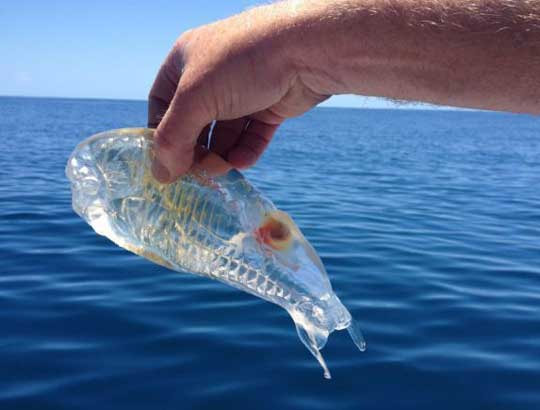
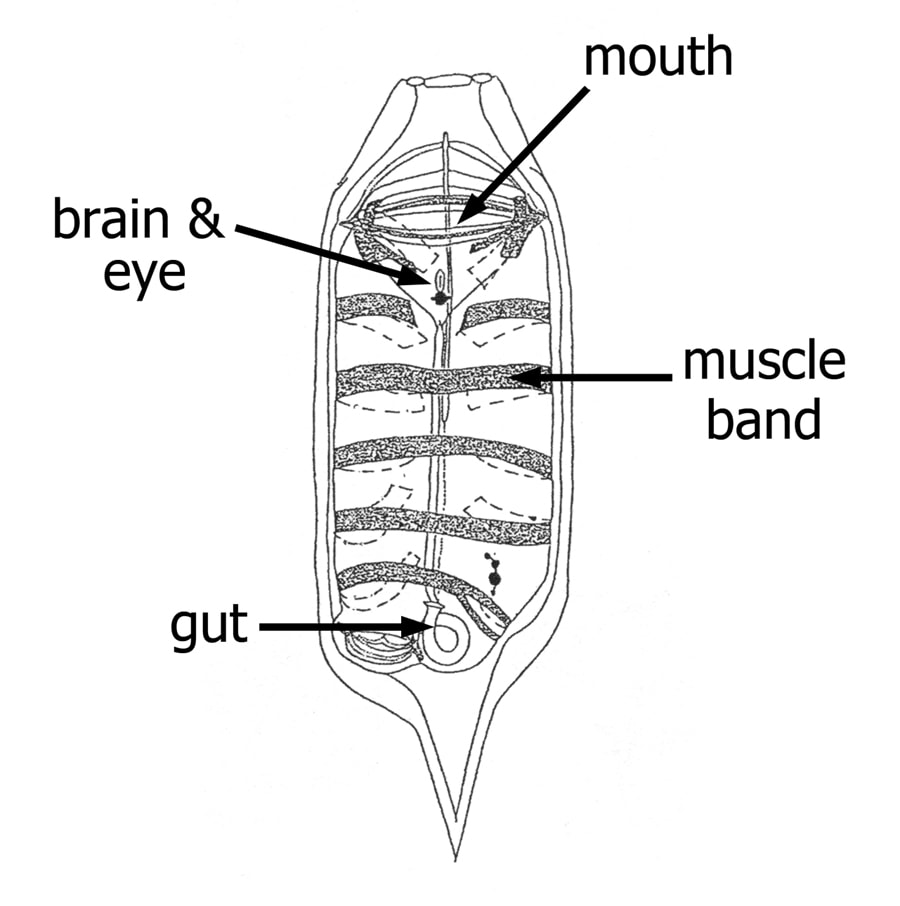
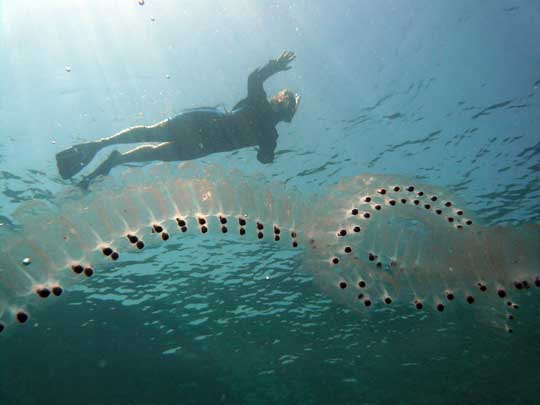

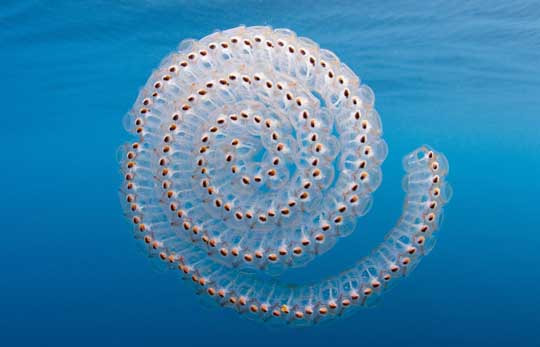
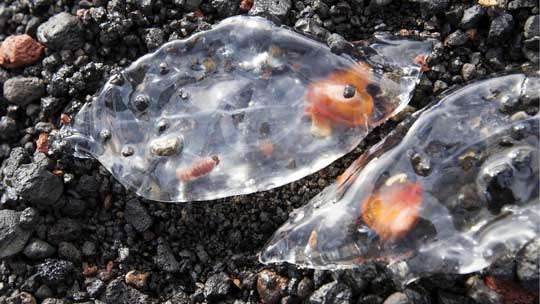

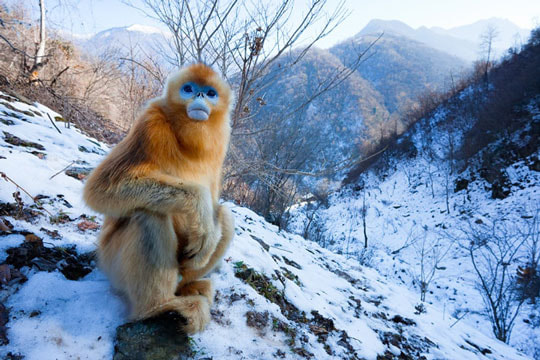
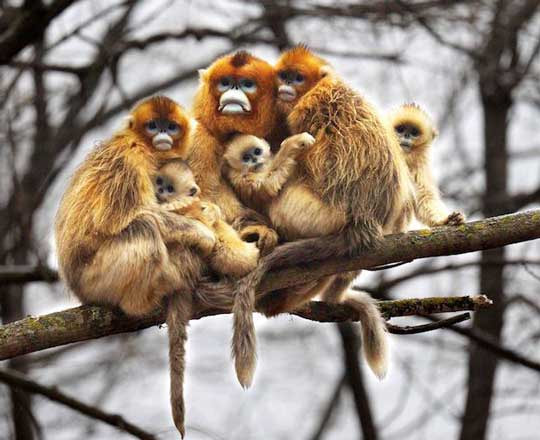
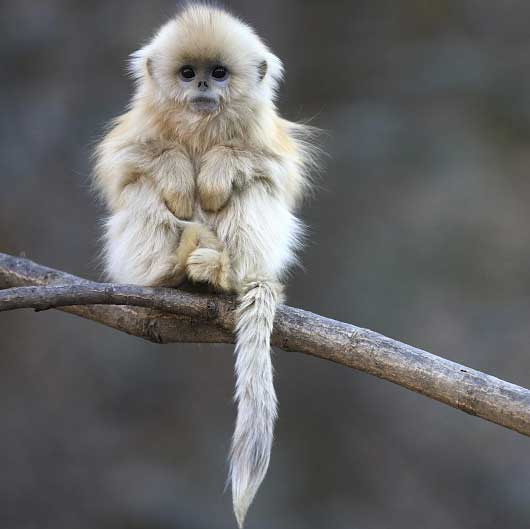
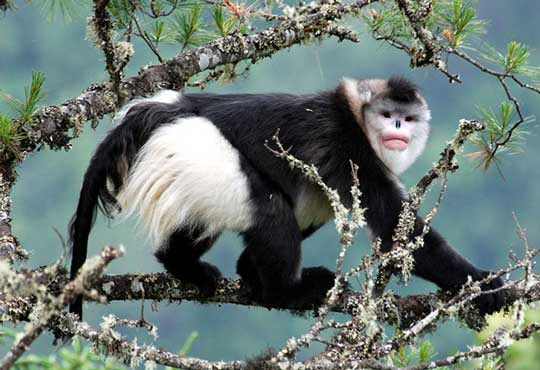
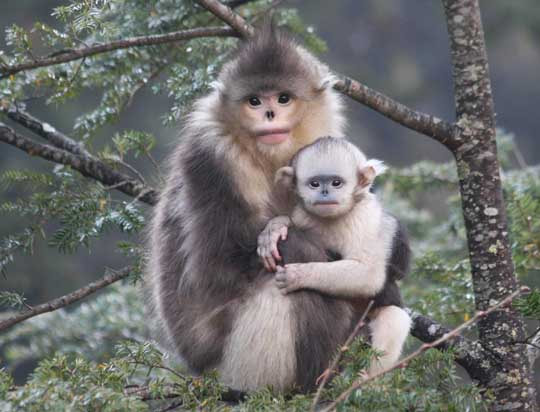
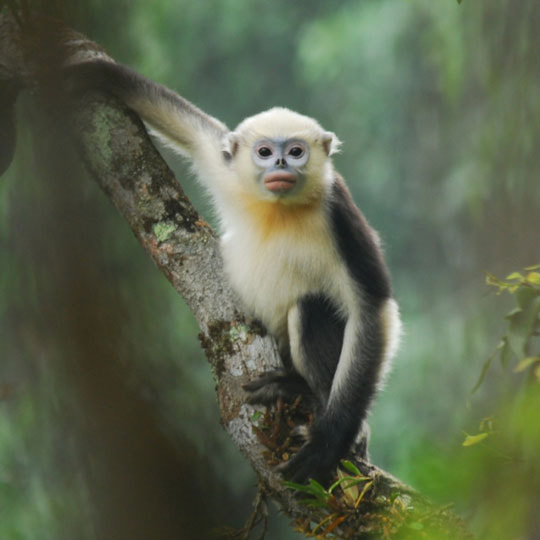
 RSS Feed
RSS Feed